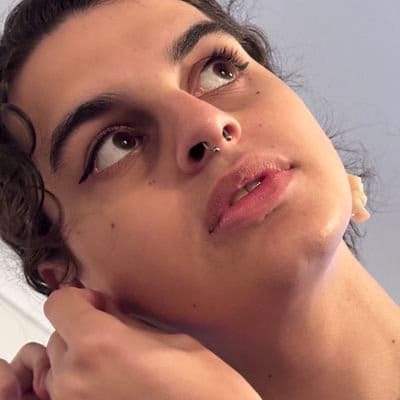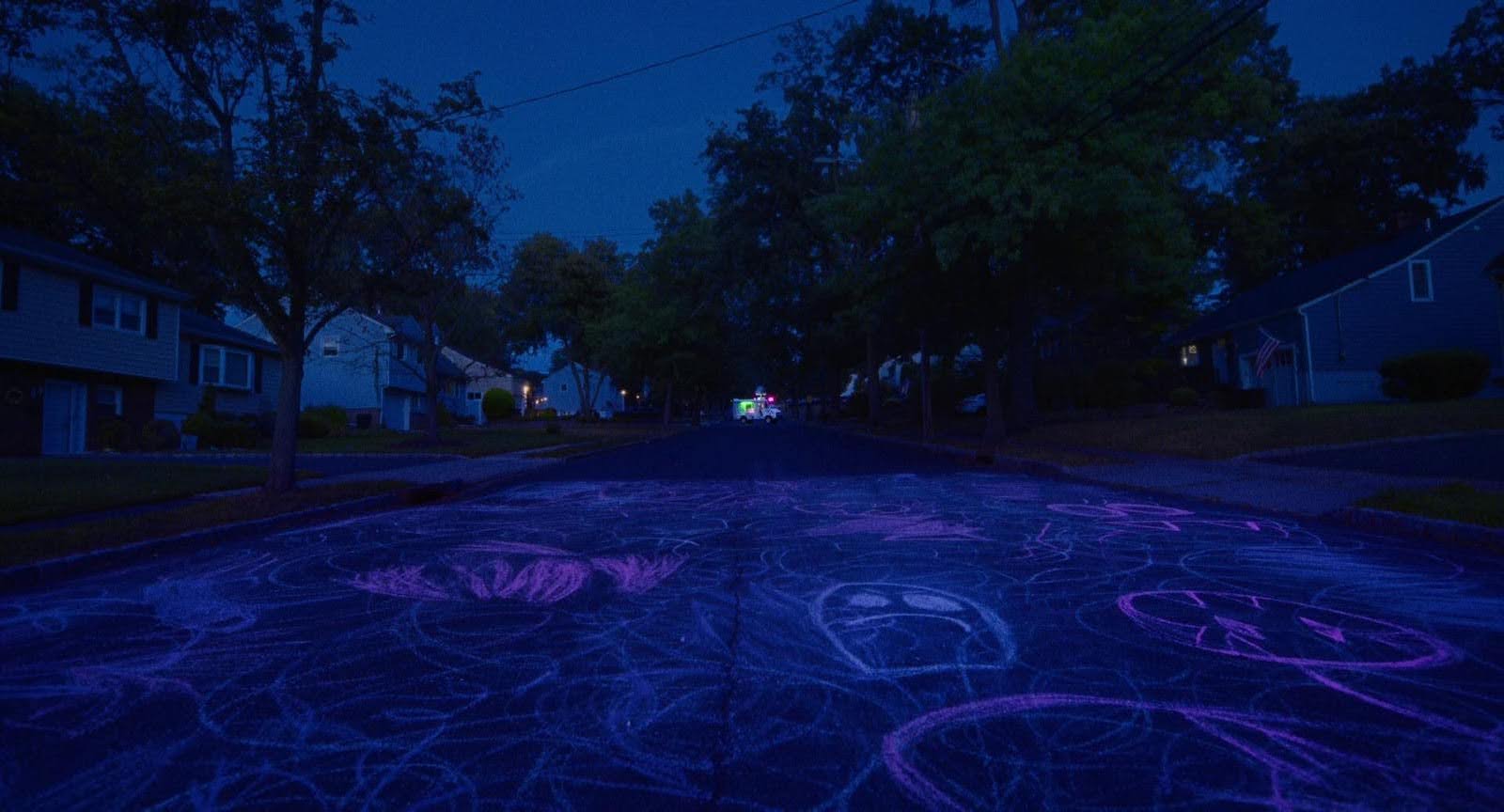"There Is Still Time"
I Saw the TV Glow opens on a shot of a suburban street at dusk. Chalk drawings cover the asphalt, an ice cream truck jingles in the distance. The image is nostalgic but ominous. It evokes a sense of youthfulness – an air of childhood – but it is, undeniably, a sinister image.
When Jane Schoenbrun returns to this shot later in the film – recontextualised as an image from in-universe TV show The Pink Opaque – the chalk drawings now carry a succinct message: THERE IS STILL TIME.
Growing up in the suburbs felt like time stood still. As a kid there, it felt like I had no control over my life. I would get driven to school, basketball, sleepovers, all at the whims of the adults taking care of me. The older I got – the closer I got to feeling like I could start living a life by myself – the more I felt constricted. The more I felt the suburban sprawl, the endless meandering of Melbourne bus routes, the long walks, the vacuous halls of Costco, Woolworths. High school felt like prison. I didn’t go to the library or the park. I was popular but every time I was with my friends I felt so distant. Like I was playing a character. Like I was watching myself through a screen. The only solace was in my bedroom. In the soft glow of my laptop where I had access to whole new worlds as far away from me as possible. I would suffocate myself with movies and music and TV because that all felt so real and nothing else did.
When I was in year 8 I wore a dress for the first time. Someone took a photo of me. I hated it when people took photos of me but I could tolerate this one. I actually thought I looked nice. I made it my iPad lock screen until I felt embarrassed and changed it to a photo of my best friend and I putting up middle fingers to the camera. I still thought about that picture of me in the dress. It plagued my mind. I started playing footy in year 10. I was runtish and effeminate and didn’t really know how to play and none of the other boys really liked me. I hated getting changed in front of them. I quit after a season. When I was 17 my favourite musician, SOPHIE, died and I cried for hours. I started asking my online friends – far more abundant and trustworthy than my real life friends – why I felt like this, why this had stirred such vivid feelings in me.
I remembered when I was 12 and my father told me David Bowie had died. I remembered crying then too. I remembered why I had loved Bowie so much. I had never had sex. I had never kissed anyone. When people asked me if I liked boys or girls I said, “Both, I guess” and hoped they wouldn’t care. I wore a bisexual flag heart badge to school. I was popular. I liked the characters in the books we read for English more than I liked my friends. I liked Frankenstein. I had read it when I was 12 but reading it again at 16 for year 11 literature cemented it as my favourite book. People in class didn’t understand when I said I felt like the monster. Or Holden Caulfield from The Catcher in the Rye. Time passed. Some of my online friends transitioned. I saw a school counsellor and told him I was trans. He kept calling me my legal name and using hes and hims. I felt like a ghost. But I was starting to feel real.
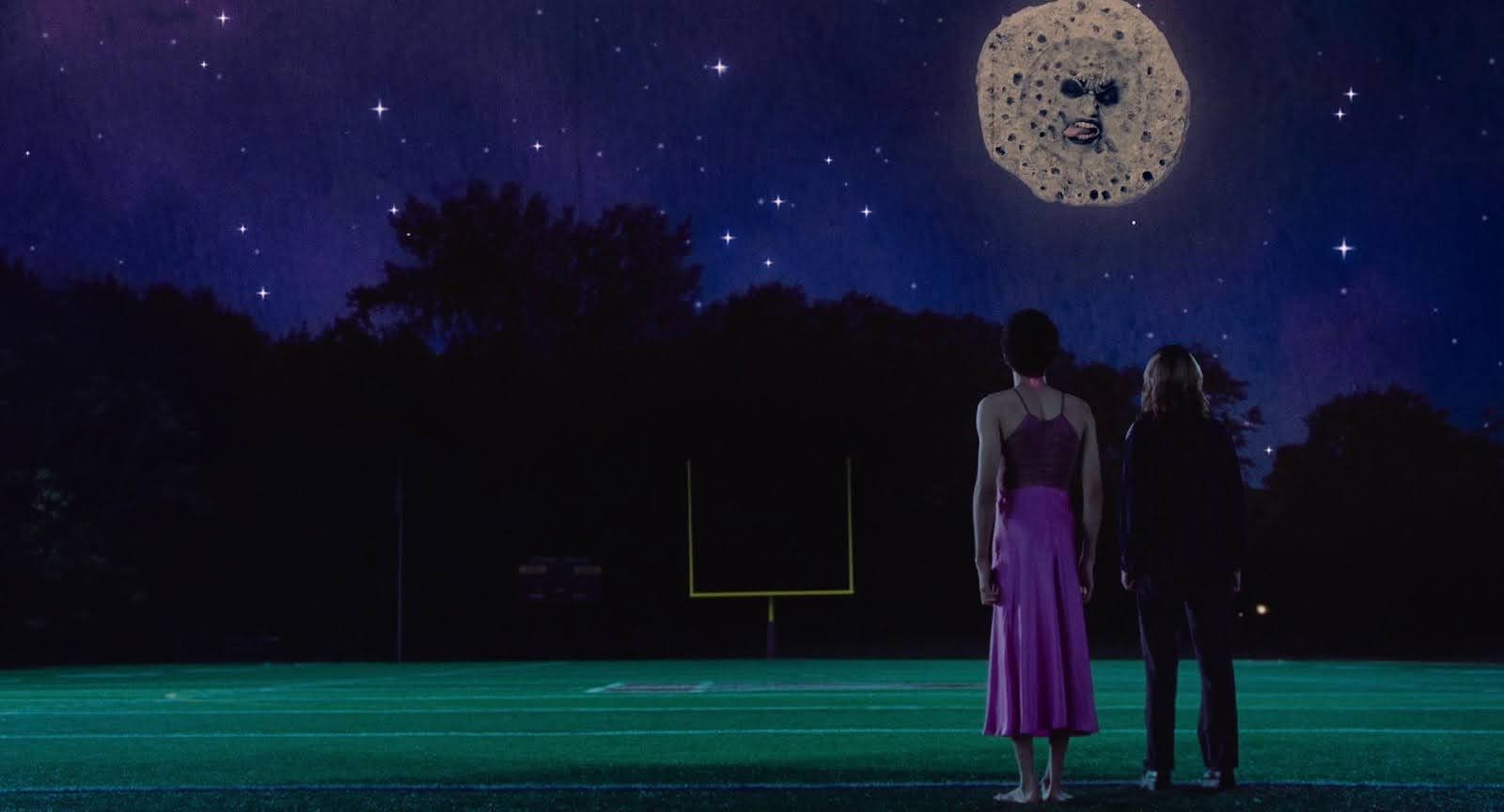
When I went to university at 18 I knew I was a girl but I told everyone I was a boy anyways. I was away from the suburbs now but I could feel that same suffocation starting to set in. Then I found my people. The people who felt like movies were more real than real life. I told them who I was and they hugged me and bought me a drink. I’m going to be grateful to them forever. Less than a year later – at 19 years old – I was in Crossways with them taking hormones for the first time. Two weeks after I turned 20 I moved out of home to the inner city. I could walk from my house to the supermarket. To a jazz bar, gelato place, nightclub. I met other trans people. I was dating a trans person. I made the life for myself that I had always wanted. Needed. The people in movies started to feel less real.
I Saw the TV Glow is a movie about me, I guess. It’s a movie about what could have happened. It made me very sad.
I Saw the TV Glow follows a suburban child, Owen, who becomes obsessed with a TV show called The Pink Opaque, bonding with a girl named Maddy over it. After Maddy disappears and the show gets cancelled, Owen drifts through life working at a local movie theatre. Until Maddy returns, SPOILER#telling him that The Pink Opaque wasn’t just a TV show. That they are really the characters in the show and they have to return and save the day like they always do. Owen stays. Life goes on around him. The film ends with Owen screaming for his mommy, working at a children’s play centre in his 40s.#SPOILER
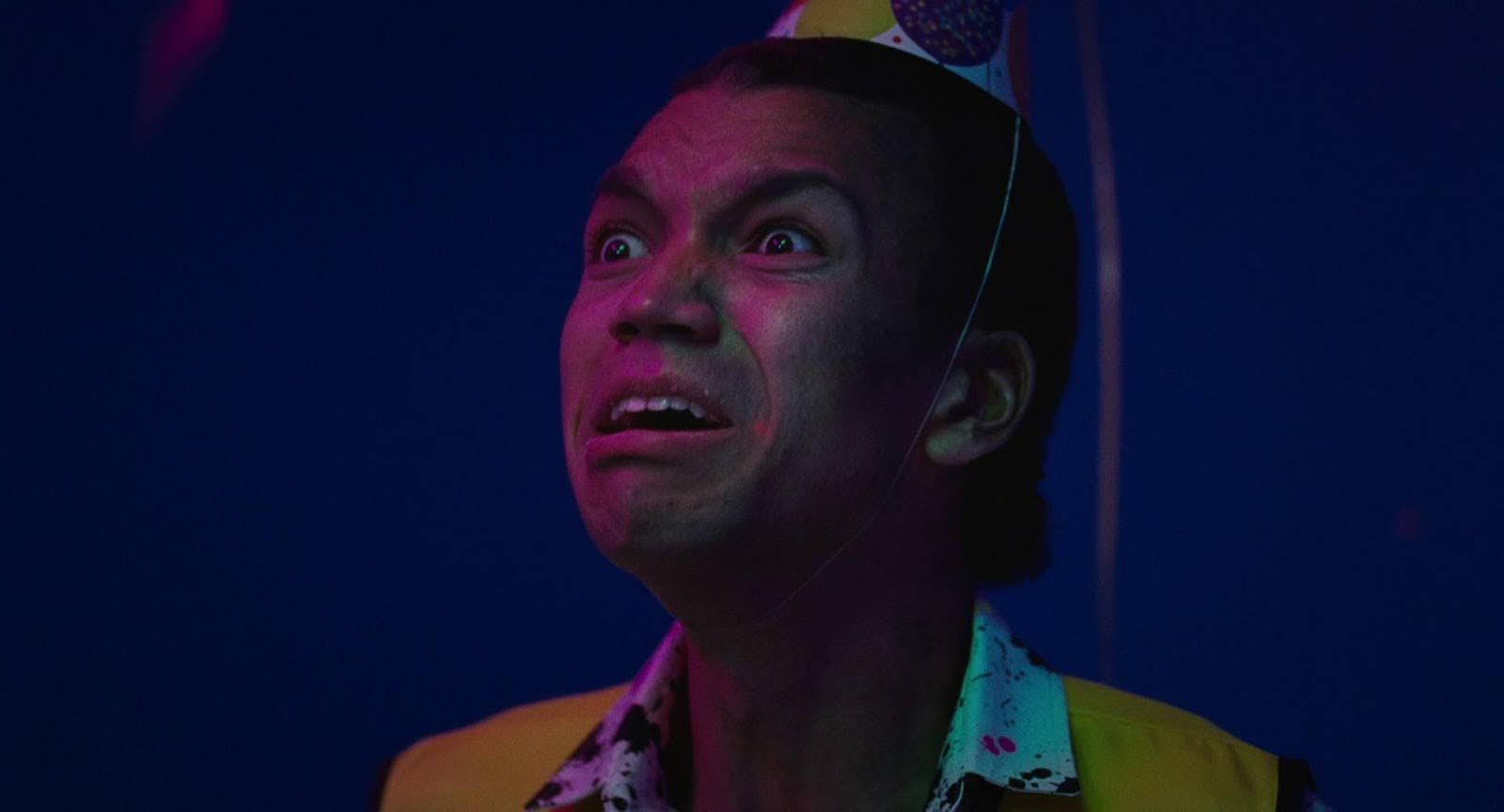
Schoenbrun’s directorial debut We’re All Going to the World’s Fair (2021) evokes dysphoria through pixelated laptop screens – echoes of the early internet: forums, skype, chat rooms. You can feel the suffocating loneliness. That desire to escape yourself. In TV Glow, the laptop is substituted for the soft hum and glow of a CRT. The cold Midwestern ghost town of World’s Fair becomes typically suburban. Owen isn’t as isolated as Casey in that one, but in so many ways he is even more distant. Schoenbrun’s colour palette in TV Glow is awash in deep purples and pinks rather than the frigid blues and blacks of World’s Fair. Considered together, they represent two of the most well-rounded, vivid and visceral depictions of dysphoria ever put to film.
Schoenbrun’s premise in TV Glow is shockingly simple, but it manages to tie together so many disparate feelings so unique to the experience of repression. The evocation of suburban oppression, parental dominance, the escapist fantasies of fiction ring all too true for the trans viewer. But the thing is, Owen’s story doesn’t end like how mine does. Owen never buries himself. He sees the TV glow but he never steps through.
The use of time here is incredibly effective. Schoenbrun includes several time skips, each one increasing in length from 2 to 8 to 20 years. The intervening time between what we see always feels like time lost. Time moves forward but Owen stays stuck. Nothing ever happens for him. To put it lightly, Owen’s life is every trans person’s worst nightmare. It is extremely harrowing being shown a vision of how my life could’ve turned out had I not realised I was a girl or started hormones or come out to my friends. At the same time, it makes me grateful for the life I have. It makes me grateful that Owen’s life isn’t my own.
The ending is not a happy one. But the film does not see Owen’s life as inevitable. If anything, it urges you to avoid it at all costs.
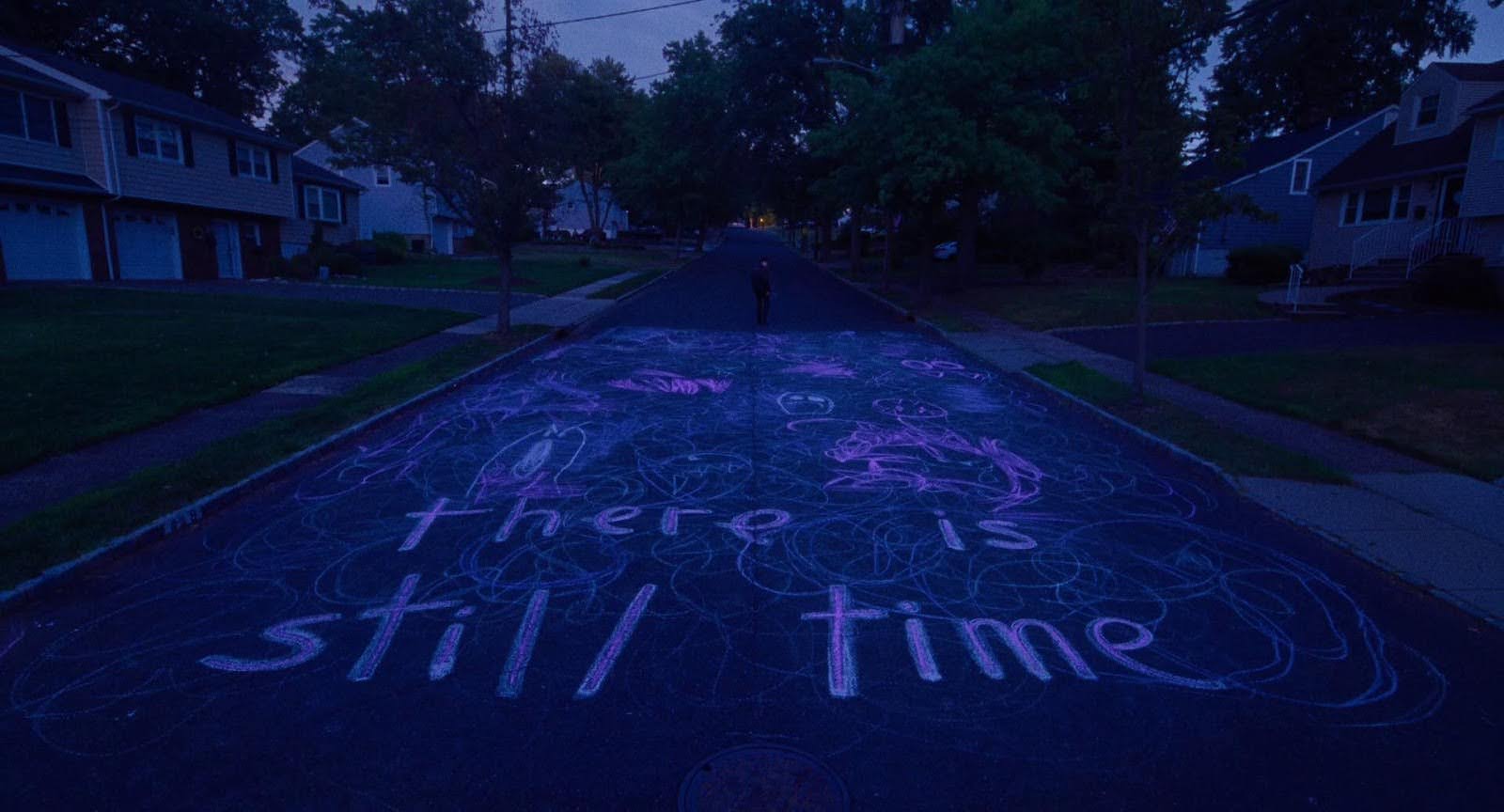
Interested in writing a review of anything in exchange for a free ticket? Just fill out this form or send us an email at unimelbfilmsoc@gmail.com. For more info on MIFF, including how to get into sessions on standby, check out this article.
I Saw the TV Glow can currently be seen at the Melbourne International Film Festival aka MIFF, running from August 8th until the 25th in cinemas and from the 9th until the 25th online, and will receive a wide theatrical release in Australia beginning August 29th.
